Dinner
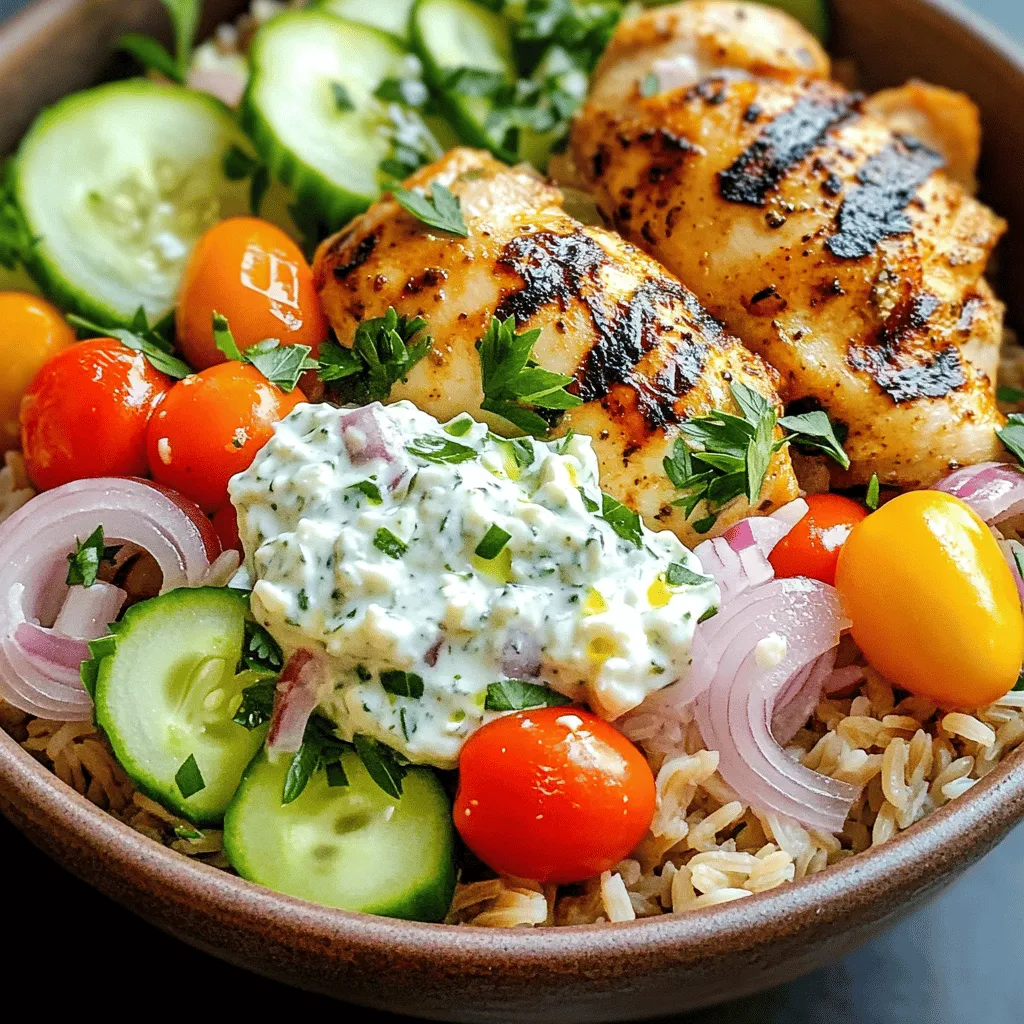
Greek Chicken Gyro Bowls Flavorful and Fresh Meal
If you’re craving a fresh and tasty meal, Greek Chicken Gyro Bowls are perfect for you! Packed with marinated chicken, vibrant veggies, and delicious toppings,
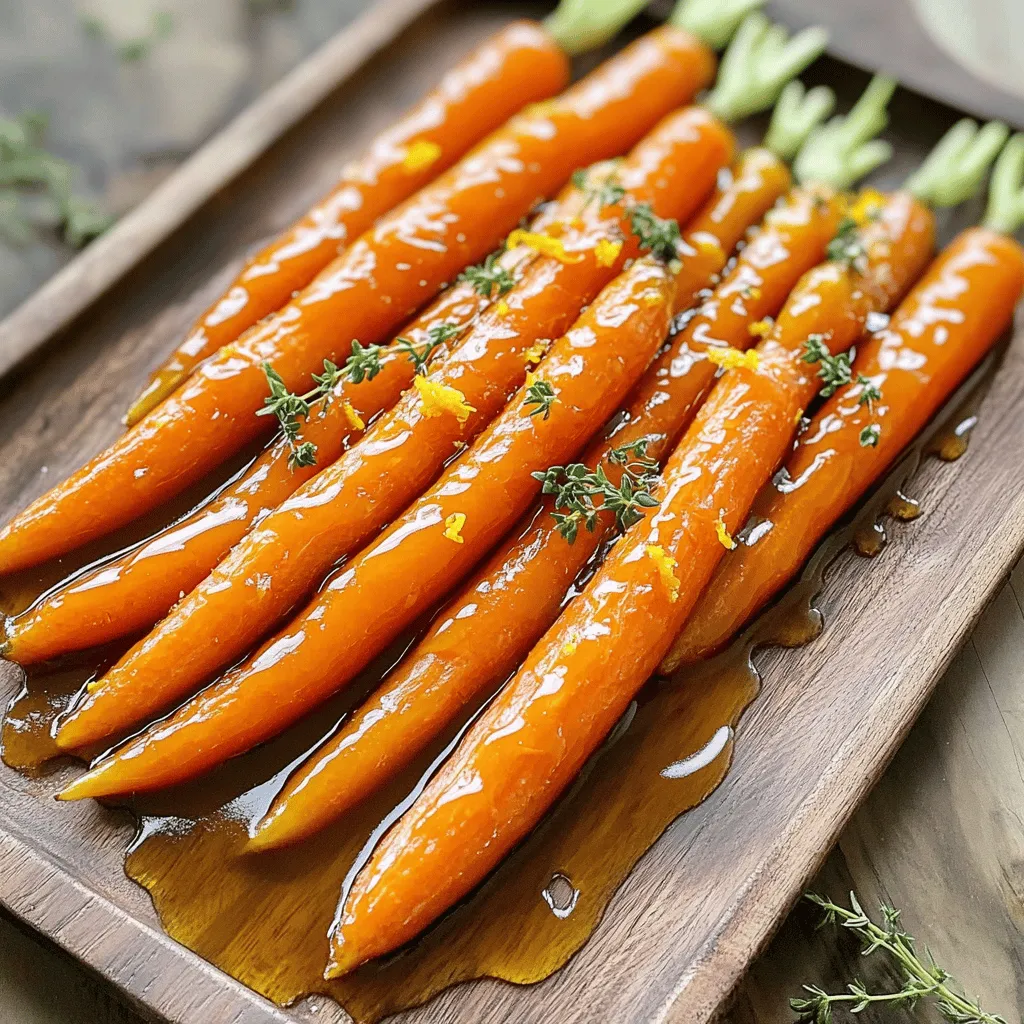
Maple Glazed Roasted Carrots Flavorful Side Delight
Do you want a side dish that shines at any meal? Maple glazed roasted carrots can steal the show! With just a few simple ingredients,
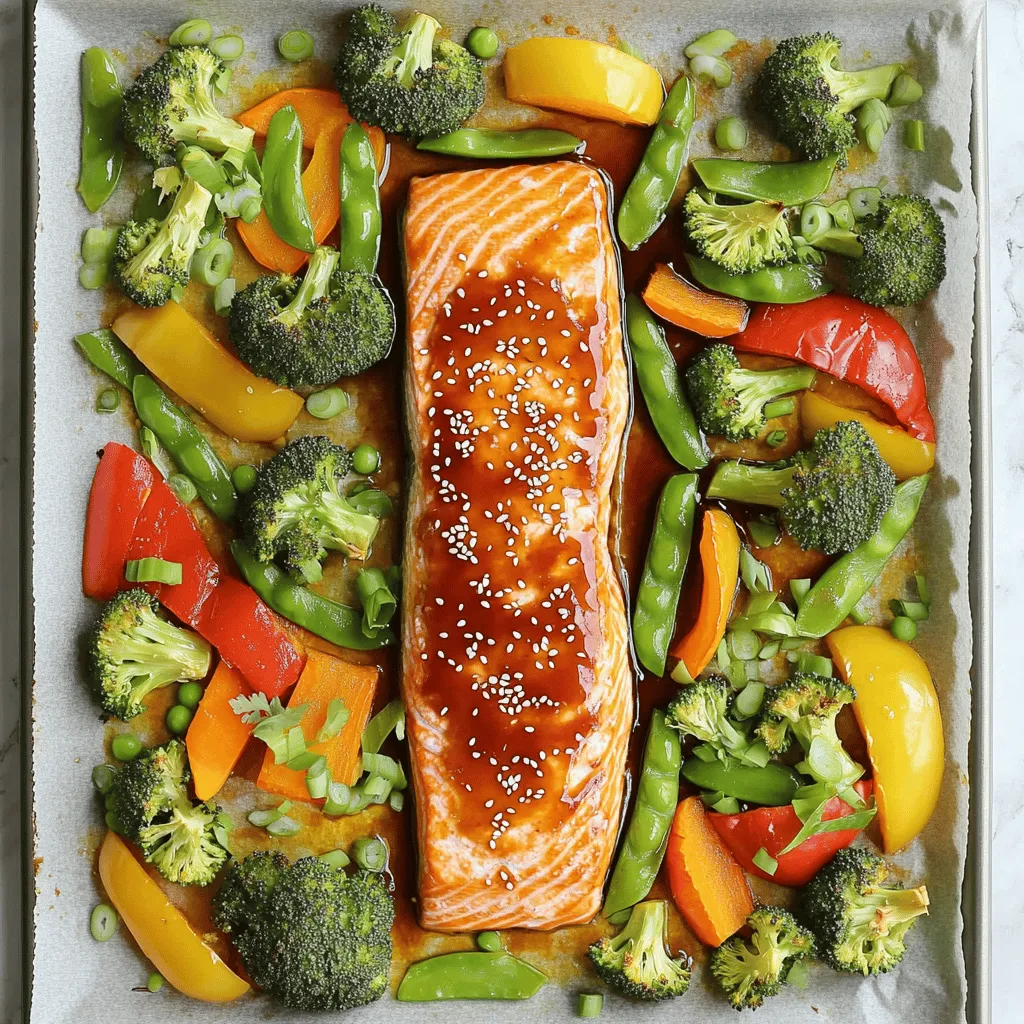
Sheet-Pan Teriyaki Salmon and Veggies Delight
Get ready to enjoy a quick and tasty meal with my Sheet-Pan Teriyaki Salmon and Veggies Delight! This dish combines fresh salmon and colorful veggies,
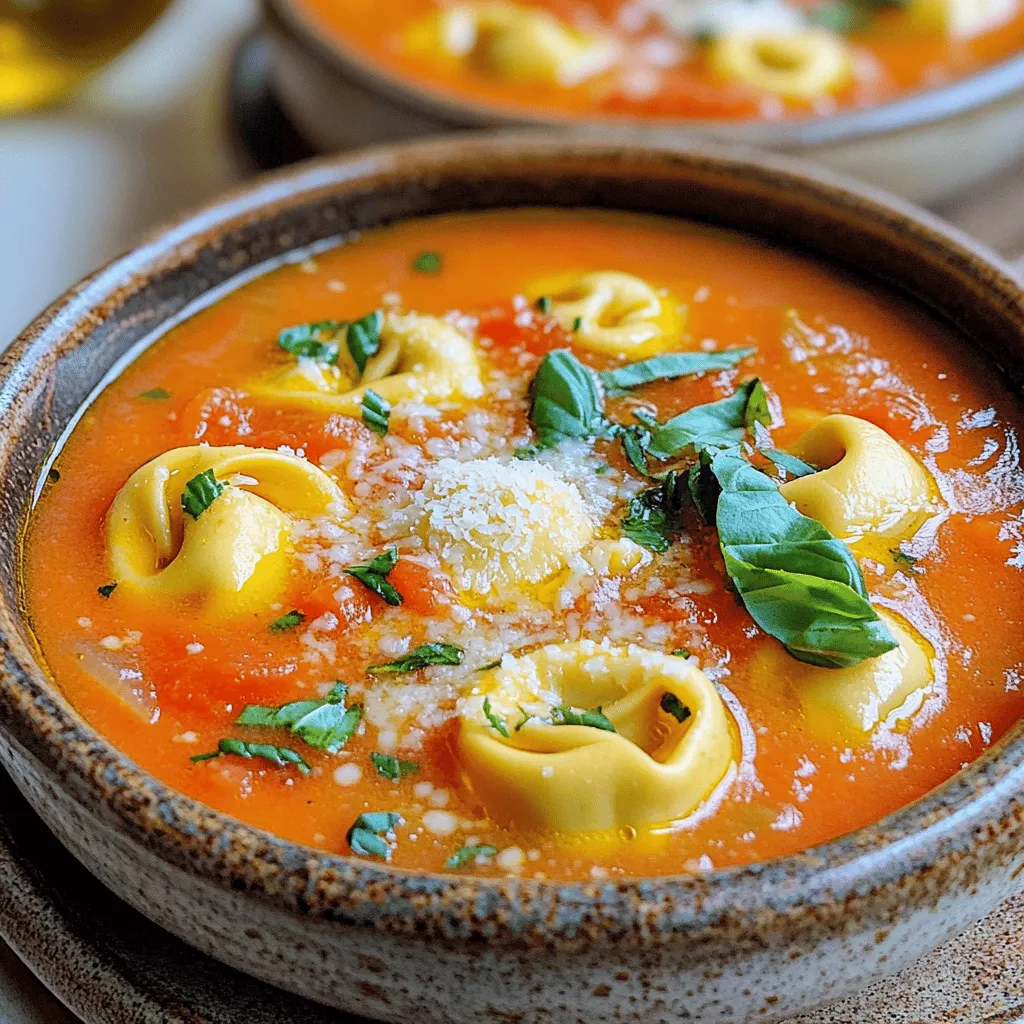
Creamy Tomato Basil Tortellini Soup Simple and Hearty
Are you ready for a cozy bowl of comfort? My Creamy Tomato Basil Tortellini Soup is simple and hearty. It’s perfect for a chilly day
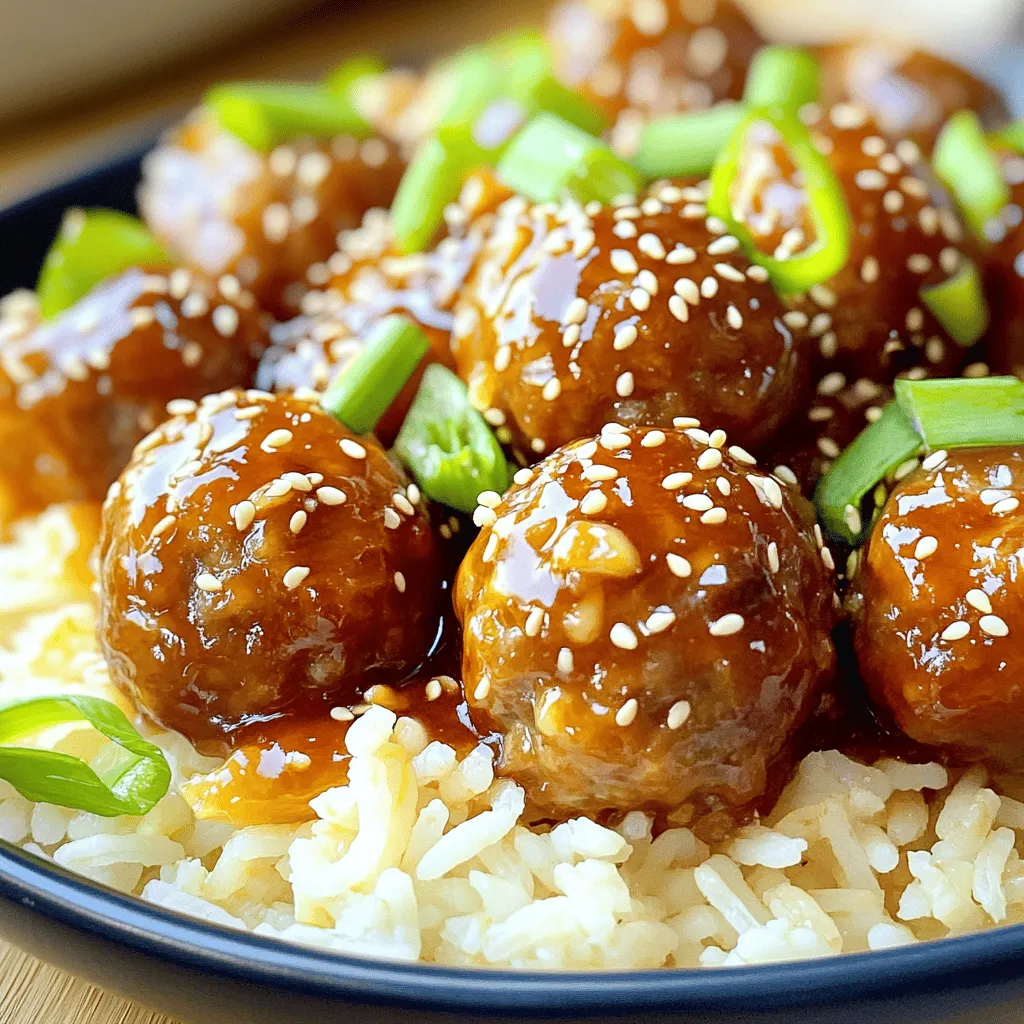
Slow Cooker Honey Garlic Meatballs Tasty Weeknight Meal
Are you ready for a meal that’s both easy and delicious? Slow Cooker Honey Garlic Meatballs are perfect for busy weeknights. With simple ingredients and
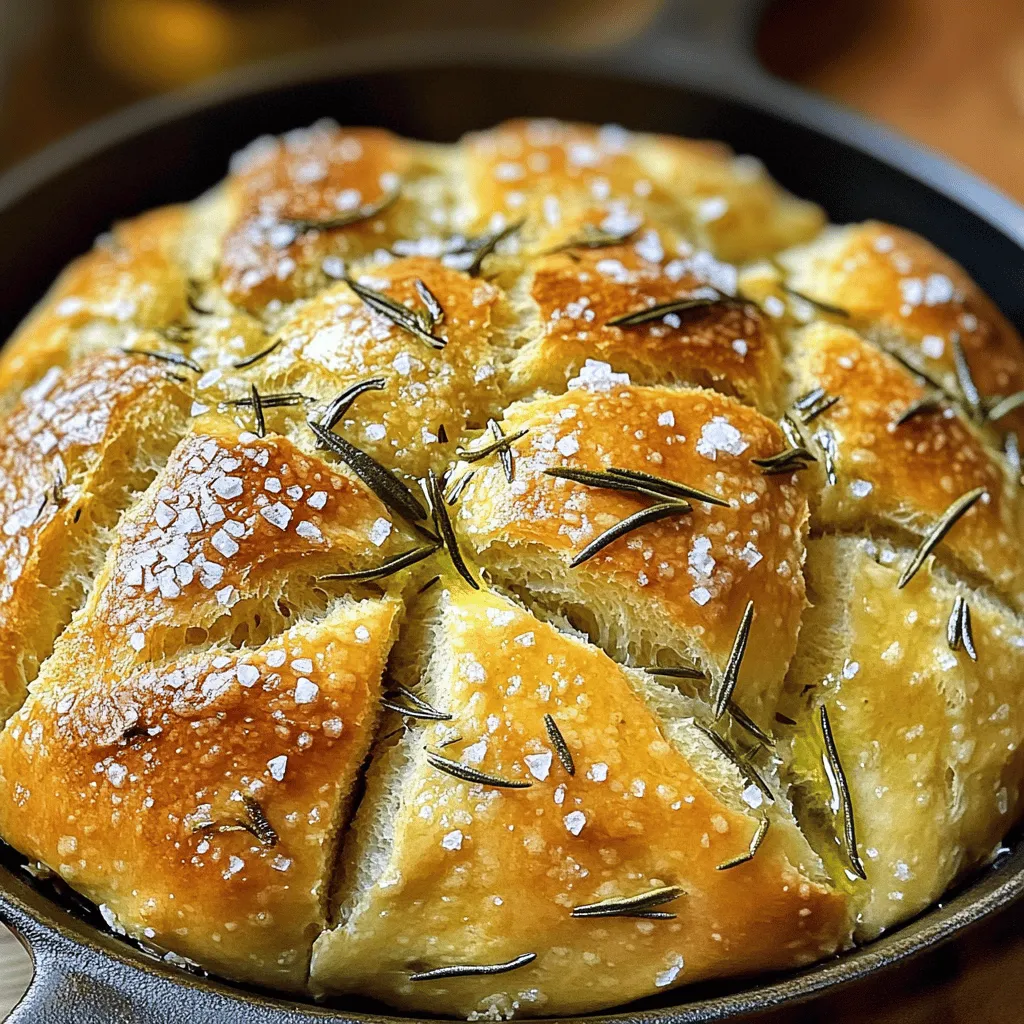
No-Knead Rosemary Skillet Bread Simple and Tasty Recipe
If you crave warm, fresh bread but dread the kneading, you’re in luck! This no-knead rosemary skillet bread is easy to make and full of
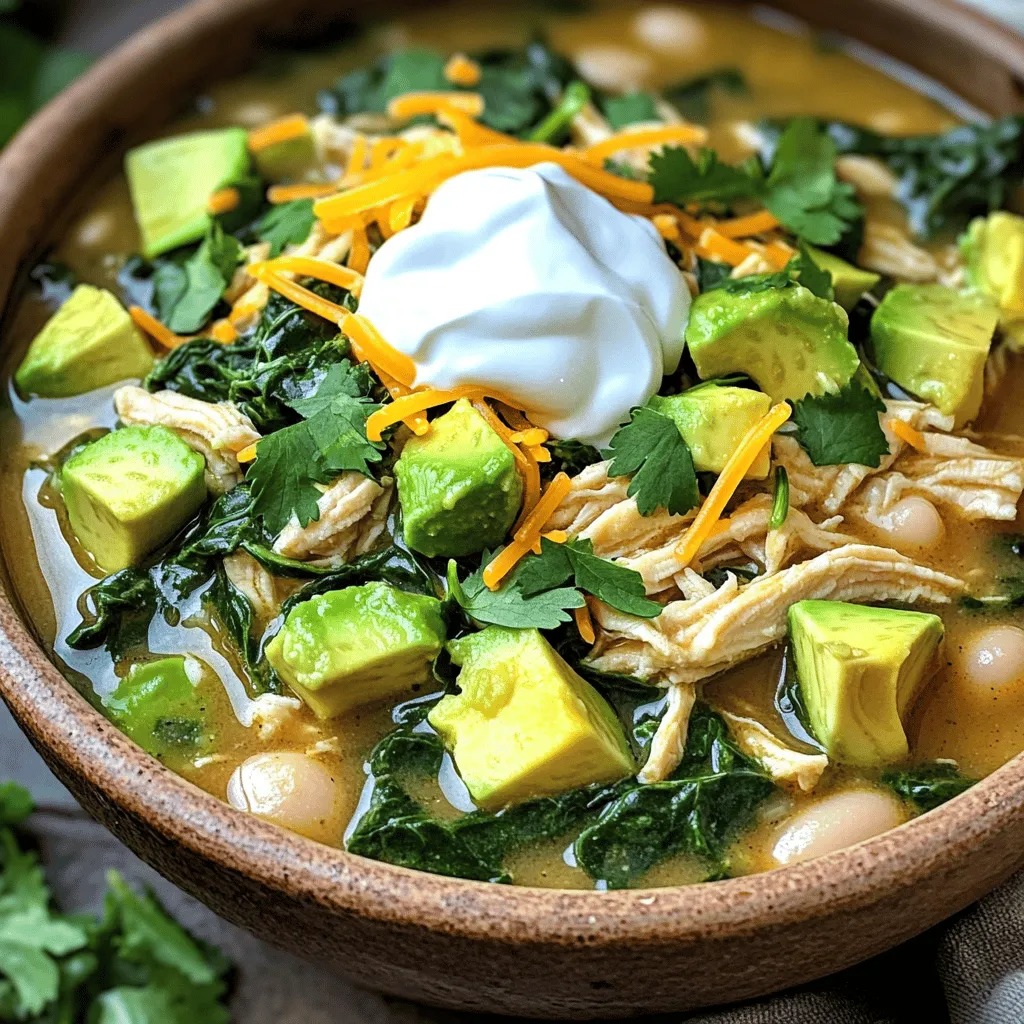
Savory Slow Cooker White Chicken Chili Recipe
Imagine returning home to the warm, savory aromas of Slow Cooker White Chicken Chili. It’s cozy, comforting, and packed with flavor. In this post, I’ll
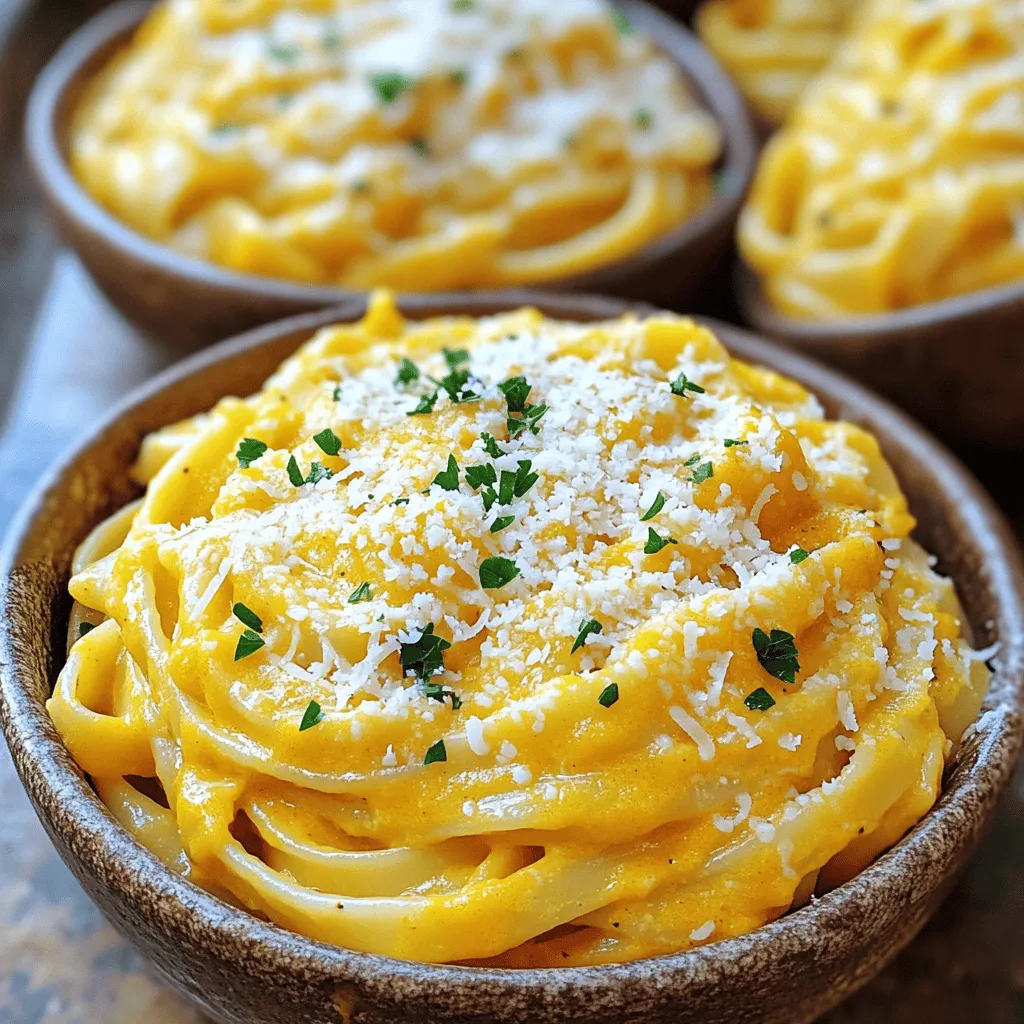
One-Pot Pumpkin Alfredo Creamy and Simple Dish
Craving a creamy, cozy meal with minimal cleanup? Look no further! My One-Pot Pumpkin Alfredo combines rich flavors and simple steps to create a dish
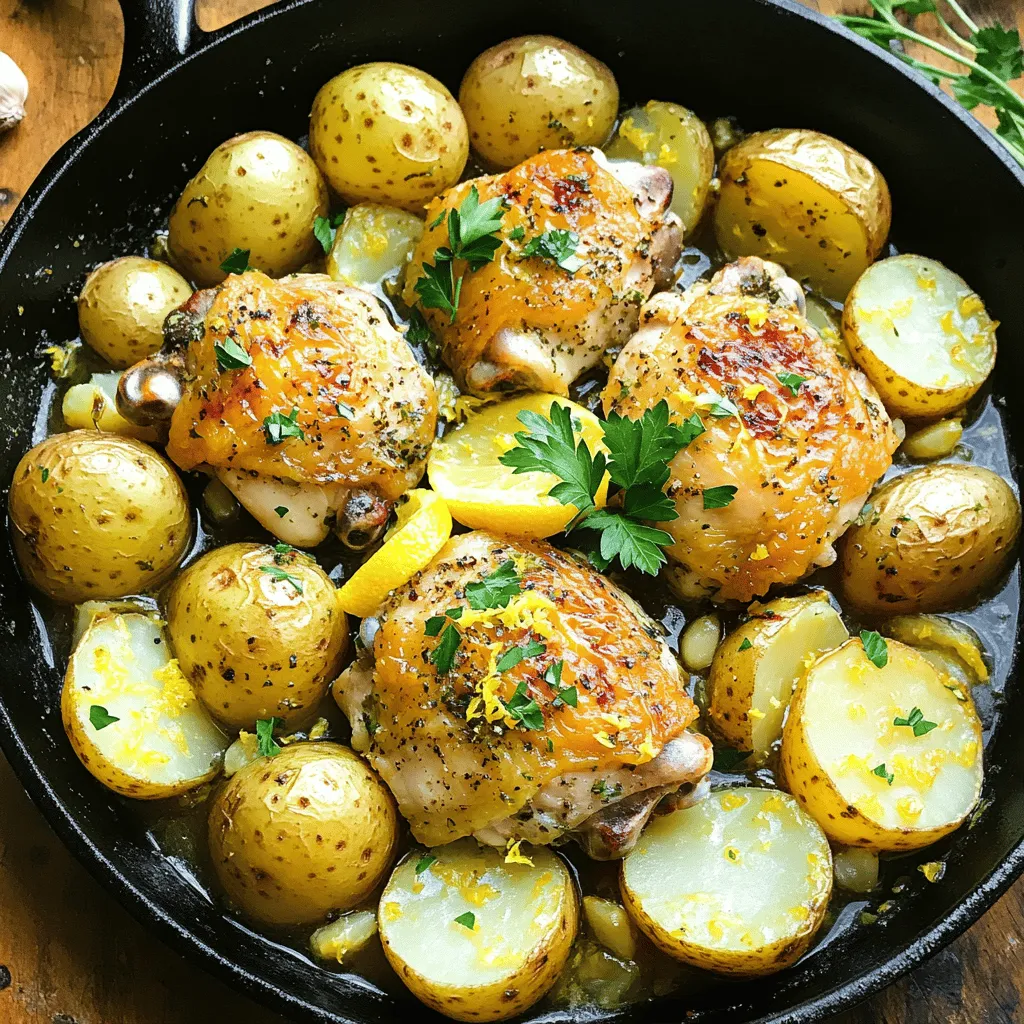
One-Pan Lemon Herb Chicken & Potatoes Quick Meal
Are you looking for a quick and easy meal that tastes great? One-Pan Lemon Herb Chicken & Potatoes is your answer! This dish combines juicy
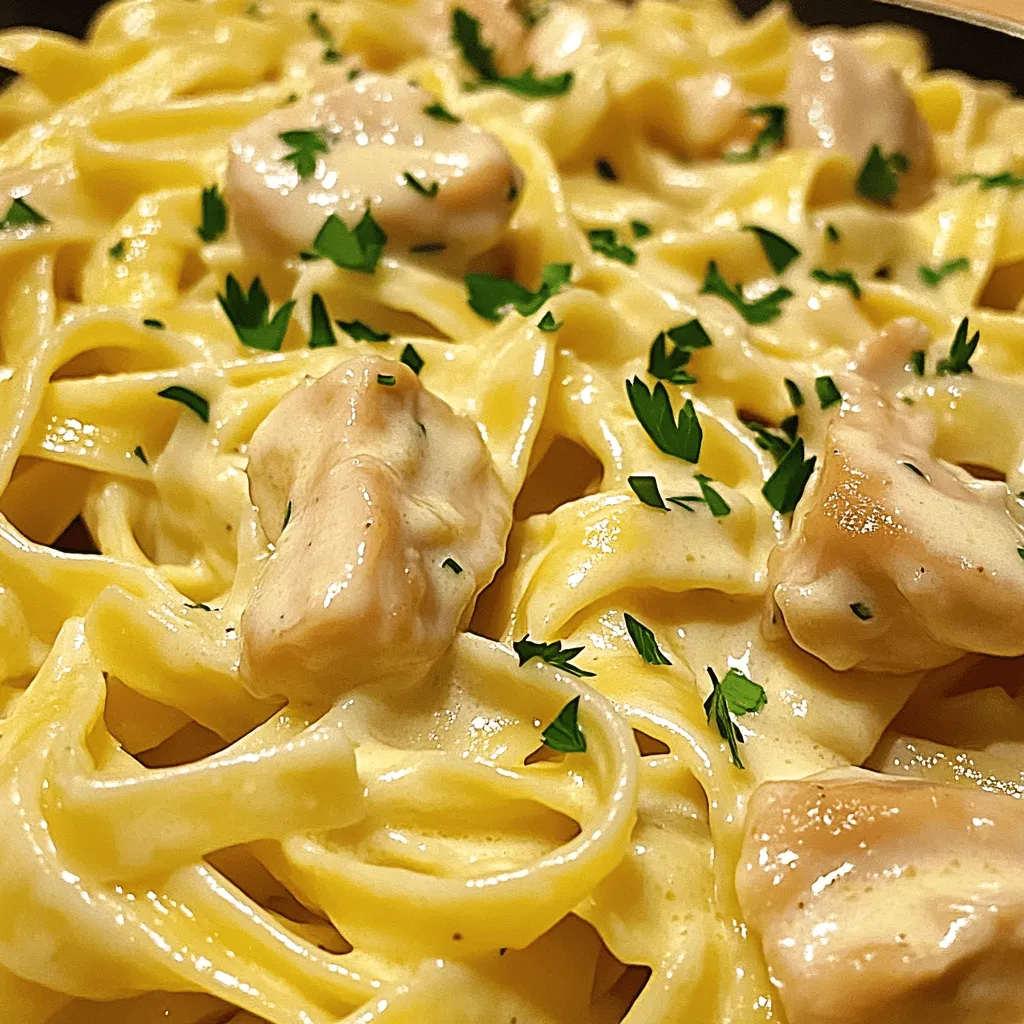
Instant Pot Chicken Alfredo Creamy Dinner Delight
Looking for a quick, creamy dinner that delights your taste buds? This Instant Pot Chicken Alfredo is your answer! With just a few simple ingredients